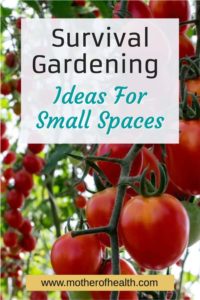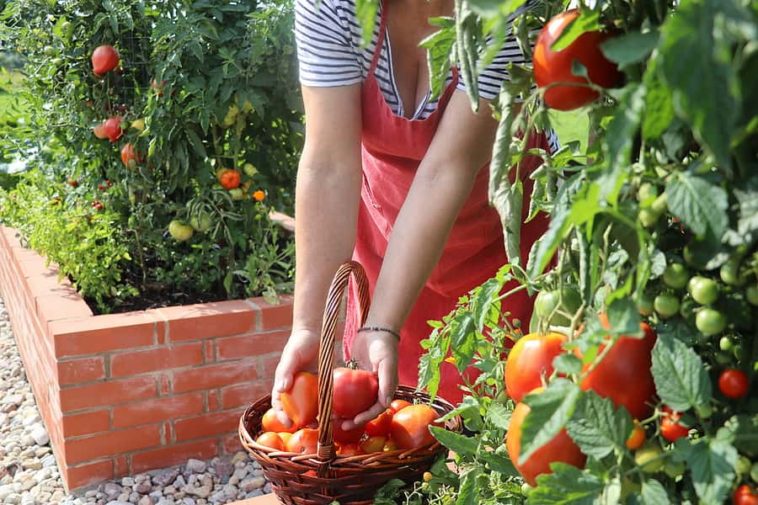When it comes to gardening ideas for small spaces, you may believe you can't because you don't have a lot of room. This doesn't have to be the case because there are many ways to grow veggies in small spaces.
In this blog post, we will discuss some ideas for a small-space vegetable garden. We will also give you some tips on how to make the most of your limited space. Plus, a list of the most recommended plants for survival food and medicine.
Gardening Ideas For Small Spaces
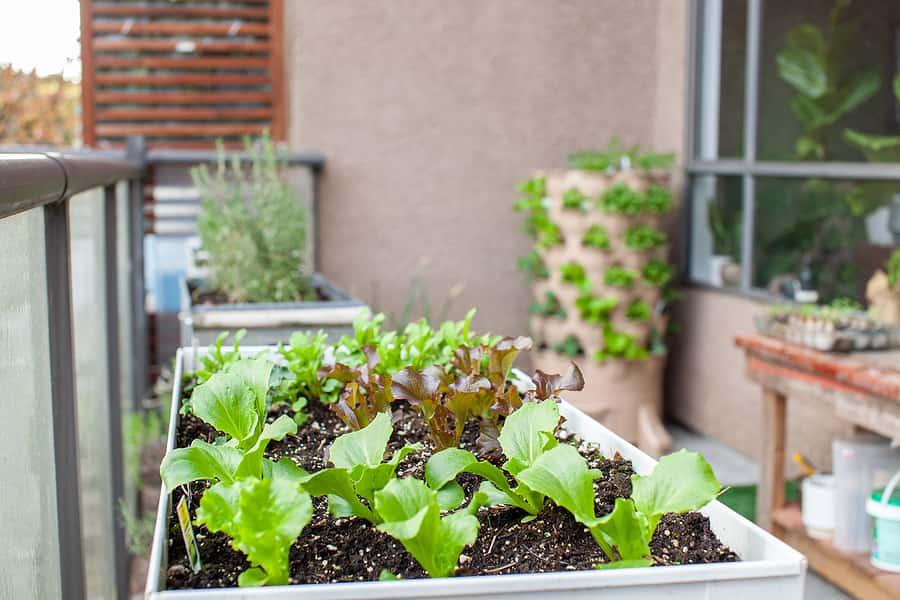
Just because you don't have a huge homestead doesn't mean you can't prepare for food shortages ahead.
Even if you only have a small yard or patio, you can still grow a wide variety of food.
With planters, greenhouses, and balconies, you can make the most of the small garden space you have. Any window or glass door that provides sunlight can be used to your benefit too.
If you need to grow your plants indoors, you can purchase a grow lamp to provide artificial if window sunlight isn't an option.
Begin with a Small Container Garden
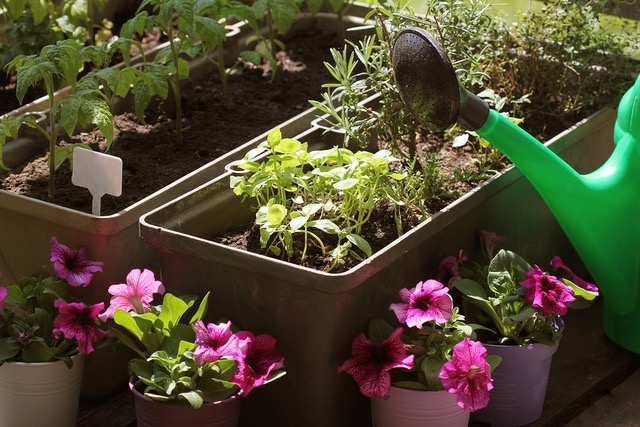
First, consider all the different gardening ideas for small ideas presented here. This will help you find the best plan for you so that your vegetable garden can do as much for you as possible when a SHTF event happens.
Here are a few gardening ideas for small spaces using containers:
Gardening Ideas for Small Spaces – #1 – Use Window Boxes
Gardening Ideas For Small Spaces – #2 – Gardening With Grow Bags
Gardening Ideas For Small Spaces – #3 – Use Planters
Grow Your Small Space Survival Garden Vertically
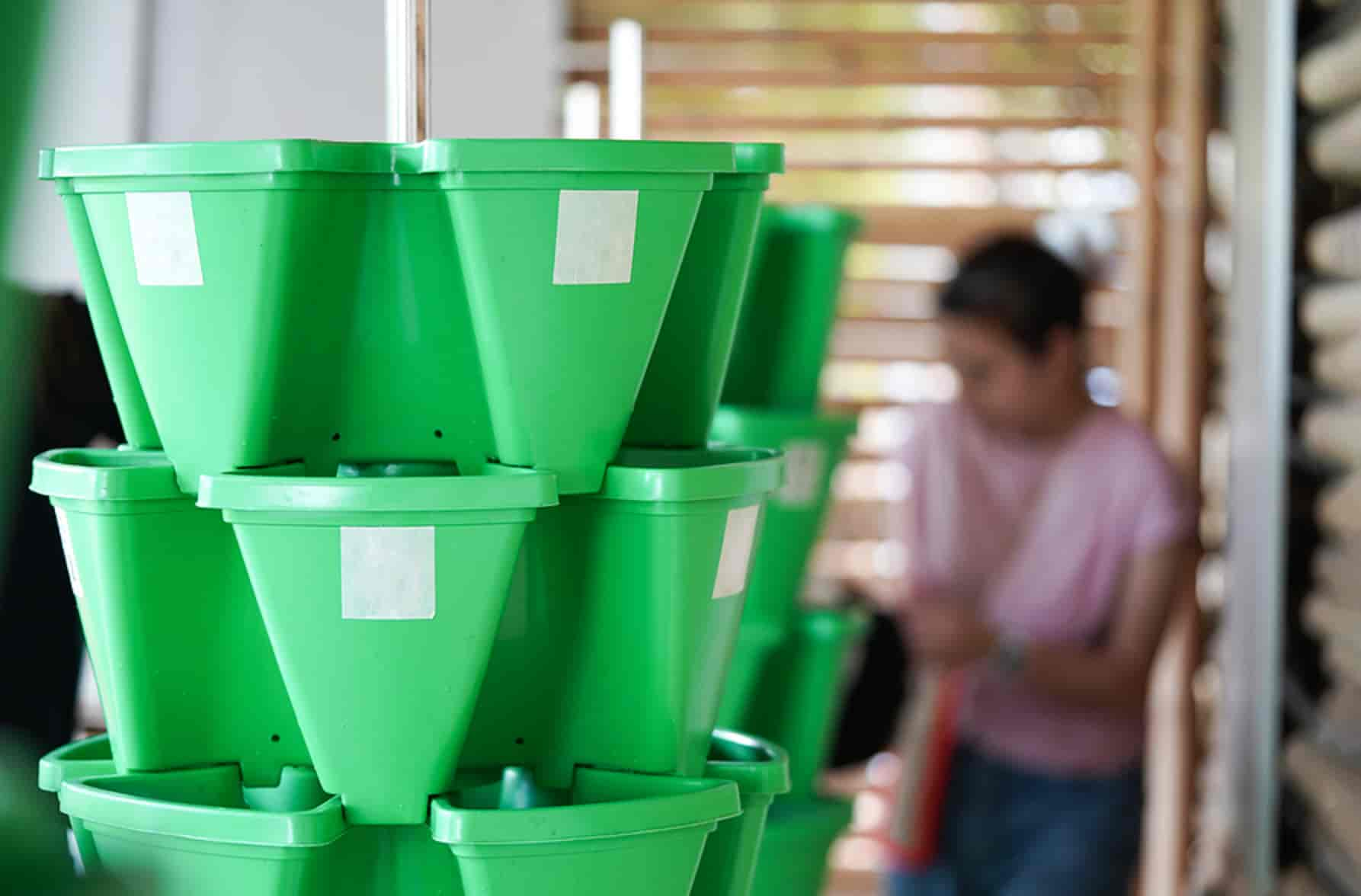
In order to save space, you can grow your garden vertically. When you grow a vertical garden, you save on space and make the watering process easier.
Use a Trellis or Tower for Small Space Gardening
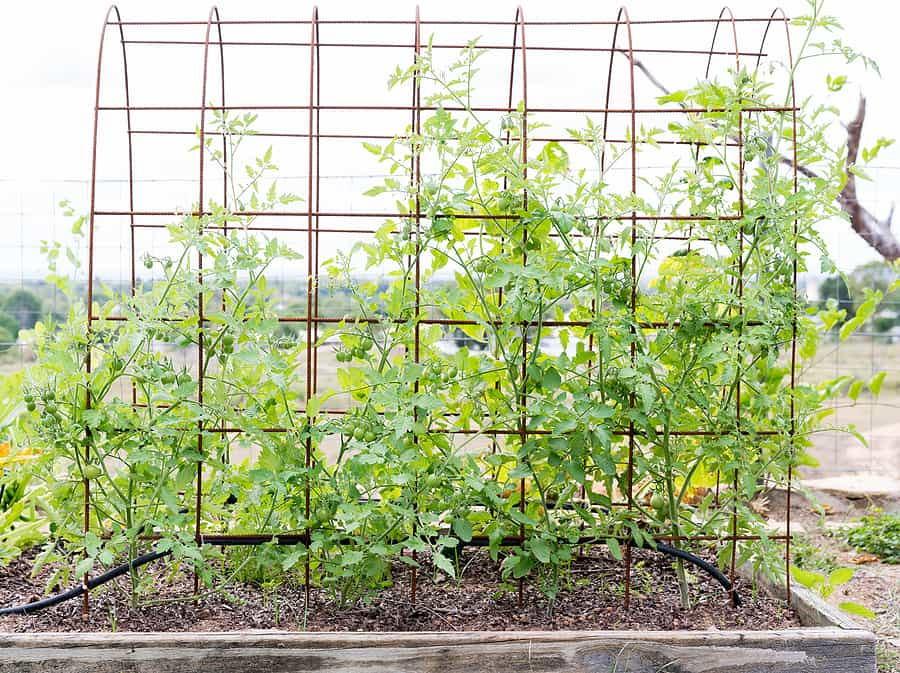
You can use a tower or trellis to encourage the plants to grow upwards. Using planters, you can attach your plants to a trellis, creating a wall of produce. This method keeps all of your plants in the same area, while also giving them plenty of space to grow.
When attaching plants to a trellis or tower, it is important to make sure plants are far enough apart in order to get the sunlight they need. As long as the bottom of one plant isn’t blocking the sun from the one below it, there shouldn’t be a problem.
Growing Vertically Not Only Saves Space, It also Helps Prevent Disease and Pests
When the plants are raised in the air, it creates better air circulation for every plant, which helps prevent disease and pests. When watering the plants, the soil will be able to dry faster because of increased air circulation, so make sure you check hydration levels.
More Tips and Techniques for Growing Vertically
Keeping water preservation in mind, you can set up an irrigation system, where you lay out a tray underneath the plants. When they are watered, the excess water will drip onto the tray, which you can then use to water the plants the next time they need it.
It’s important to make sure the structure you use for vertical gardening is sturdy. As you add more plants, the weight will only increase, especially as some of the larger plants grow to their fullest.
If the plants are outside, you may want to consider wind conditions when attaching plants to a trellis. As long as everything is secure and sturdy, there shouldn’t be an issue.
If you have the budget for it, consider purchasing a readymade vertical tower planter to grow your survival garden in. Some of these use soil and others are hydroponic, using water to grow the vegetables.
There are many benefits besides saving space to using a tower garden. For example, there is no need for you to kneel in the dirt and pluck weeds that threaten the growth of your plants. Instead, you’ll simply keep the plants healthy with the right combination of light, water, and nutrients.
Grow Food that Will Provide the Highest Nutrition
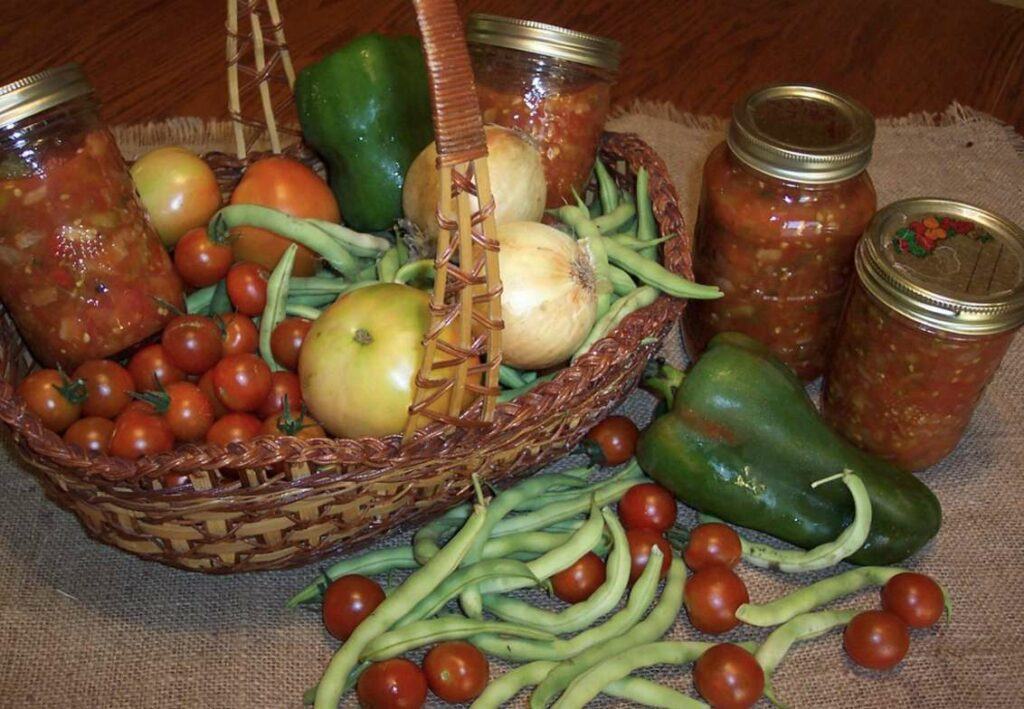
First, consider the number of nutrients in each vegetable or fruit that you grow. To survive off what you plant, you’ll need food that is full of nutrients and calories, to help you carry along.
It may seem outdated, but people have suffered from things like scurvy. So growing plants with vitamin C would help ensure your loved ones don’t have to deal with that. You need to think of the plants as vitamin sources, so for vitamin C, you’d want to grow bell peppers, tomatoes, broccoli, and so on.
Grow Food in Your Small Space that Stores Well
Also, think about the longevity your produce will provide for you after it is harvested. You may not have the luxury of putting your produce in the crisper in the refrigerator. In fact, the grid may be down.
The goal is to produce crops that will last you as long as they can. That way, you can have more in storage, in case of an emergency.
If you only produce crops that expire quickly, you’ll have to rush to use them. This goes against the entire point of creating a survival garden in the first place.
For example, you can store things like potatoes, onions, garlic, and squash for several months. The key is to store them in a cool, dry place, so many sure you plan where you’ll keep your harvest when the time is right.
Learn How to Preserve Your Food
You can also learn how to preserve your food for long-term use, such as learning how to dehydrate it or use a canning system to stock up on food that way.
These are skills you have to do carefully so that the food isn’t tainted when it’s time to use.
Think about the time it takes to grow a plant before you add it to your list. Crops that can grow quickly are essential. You’ll be able to produce more, and leave room for more crops after they’ve been picked.
Focus on Fast-Growing Crops
Some crops are worth the wait, but make sure your garden is not filled with crops that take months to grow.
Some foods, such as radishes, will be ready to harvest quicker than others. Here's a list of 25 fast-growing produce to consider so that you can have an emergency food stash as soon as possible.
- Radish
- Spinach
- Lettuce
- Beets
- Kale
- Peas
- Carrots
- Arugula
- Beans
- Turnips
- Cucumbers
- Scallions
- Bok choy
- Tomatoes
- Broccoli
- Leafy vegetables
- Mustard greens
- Cabbage
- Onions
- Zucchini
- Okra
- Kohlrabi
- Cress
- Spinach
Consider Each Plant's Usefulness
When you create a survival garden, the entire purpose of the garden is to help you and your loved ones stay alive.
Each seed or plant you choose should reflect that goal. Whether it’s for nutritional or medicinal purposes, make sure the plants you choose are the best for your needs. You want foods rich in vitamins and minerals and those that can contribute to your caloric needs, too.
Recommended Survival Foods For Small Spaces
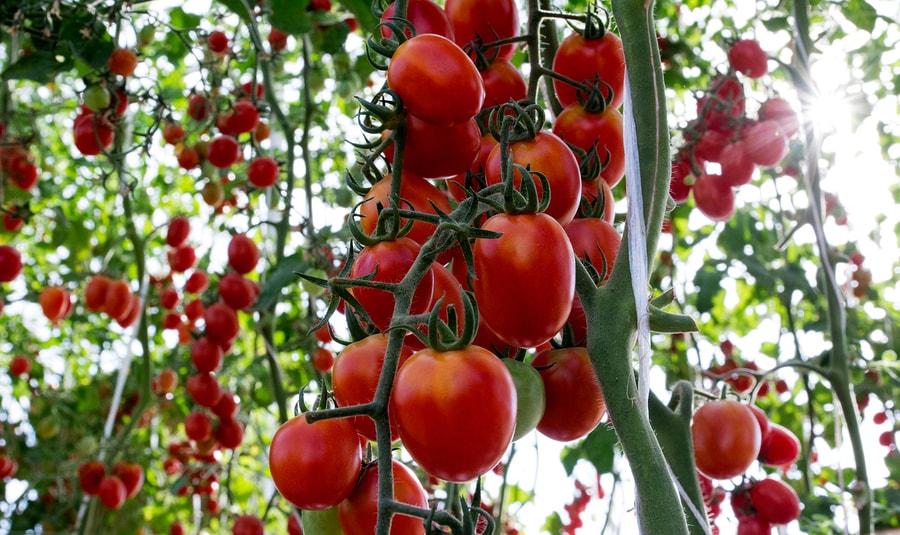
Here’s a list of the most recommended foods to plant for survival food in small spaces:
Potatoes
Potatoes are easy to grow and can be prepared in many different ways. Fries, mashed, chips, hash browns, baked, sliced, and even roasted. They can be stored for several months in a cool pantry. Potatoes are also full of nutrients, from potassium to vitamin C.
Kale
Kale can withstand cold temperatures when growing, making it a reliable plant to focus on. This hearty plant is full of fiber and many different vitamins and nutrients. If stored properly, kale can last about a week.
Beans
Since there are so many different types of beans, you could fill an entire small garden just with beans. For how small beans are, they carry a surprisingly large amount of nutrients.
They store well for a year or more if you put them in the right kind of bags and store them at an appropriate temperature. After you’ve picked the beans and prepared them, you can save some of the seeds for your next gardening cycle.
Cabbage
Cabbage can be cooked, but it can also be eaten raw in salads or alone. It is full of fiber and great for digestion. Cabbage can also be fermented in different dishes, which helps with food for long-term storage.
Tomatoes
Tomatoes can be added to many different dishes, and will always taste fresh and light when ripe. They are easy to grow, as long as the vine has a place to grow properly. The only disadvantage to tomatoes is their shorter shelf life.
If kept cold, tomatoes can last for about five days. The good news is, that you can easily can tomatoes and use them later in things like stews or sauces, so this is still a great plant to put in your small space survival garden.
Spinach
Spinach is full of fiber and vitamins. It can be frozen (or dehydrated if the grid goes down) in order to increase shelf life. This is a vegetable that can be prepared in many dishes and is a great salad ingredient.
Micro Greens
One of the best foods to grow for those in apartments or who don’t have much space at all is microgreens. You can give your family a big boost in nutrients with fast-growing, tiny crops in less than two weeks.
Radish microgreens are probably the most nutritious in terms of what they deliver, but you can also grow things like alfalfa sprouts, kale, pea greens, beet greens, and more. This is something all survival households should be growing for the vitamin benefits alone.
Consider Succession Planting with Quick Crops
When you live in a tight space, succession planting is one of the best gardening ideas for small spaces.
If you want to have a steady supply of crops, try succession planting with any quick-growing crops. You’ll be staggering the harvest dates of your food so that you always have new crops ready to feed your family.
Instead of planting all of your seeds at once, try staggered planting, where you can plan out how much of each crop you eat in a season so that you can determine the appropriate amount of seeds to plant each time.
Continue planting every 2-4 weeks so that a new harvest is ready when you need it. Coming up with a personalized succession plan will help you optimize the preservation of seeds and crops so that you can prevent any waste.
Start out with a sample succession crop, where you only plant a few seeds in order to try out your succession strategy. Look up the maturity date so you’ll know how to space out the planting in terms of time.
Once you’ve managed to find a plan that works best for the crops you plan to produce, stick to it and carry on planting in succession. Make sure to keep the seasons in mind when creating a succession plan.
Try to figure out how many days you have until a frost comes so that you know when to build up more of a stockpile for the colder months. Or make sure you’re able to harvest certain plants during those cold winter months.
Use a Countertop Composter to Enrich the Soil of Your Small Garden
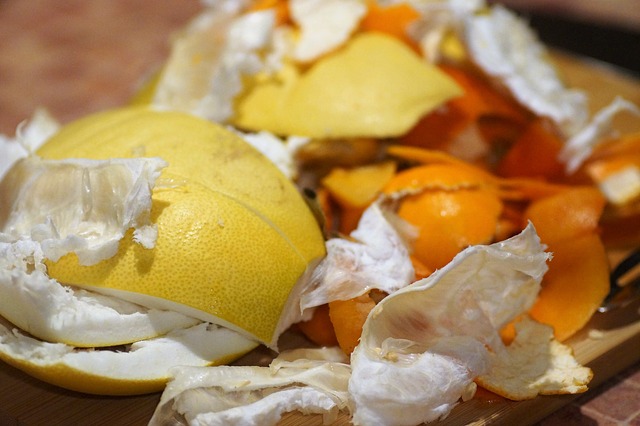
Attract Pollinators to Your Small Space Garden
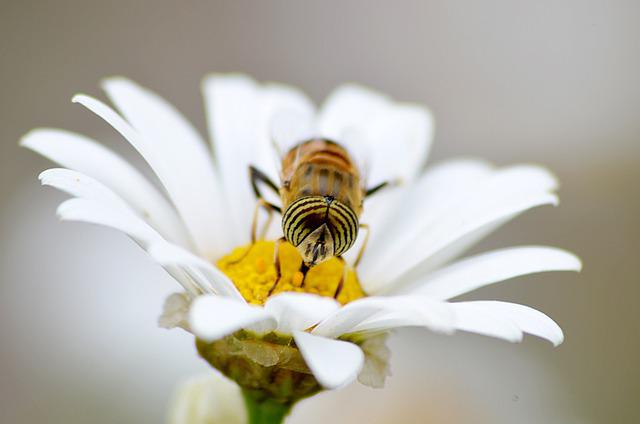
Here are some methods to try to make sure your plants are getting pollinated:
Hanging flower baskets
Hang some baskets full of flowers around or near your garden to attract pollinators. Make sure you plant flowers that attract pollinators, like coneflowers, daisies, and ironweed.
As long as they are close to your survival garden, they should make their way down to your plants to pollinate. For example, many people use hanging planters on their balconies and grow their gardens in containers on the patio below them.
Provide a water source
If you have the space for a bird bath or small bowl to place water in, you are more likely to attract pollinators. The goal is to make your space inviting to pollinators. Make sure you don’t just put out a bowl of water that may accidentally drown the pollinators.
Provide shelter
Providing shelter from the elements, like rain, will give the pollinators a place to rest or hide from predators. If they feel safe in the environment that you have provided, they are much more likely to stick around for a while.
Manual pollination
If you can’t seem to attract pollinators, or your plants are all inside, you can try to manually pollinate your plants. Some garden plants, like tomatoes, just need a light shaking in order to get the pollen to the right place.
Other plants will require a more delicate process called hand pollination. To hand pollinate, take a clean tool (like a Q-tip or small brush) and gently wipe at the center of the male plant’s stamen. Then, find a female flower and swipe the stigma with the pollen from the Q-tip.
Try an Interplant Strategy to Use Small Spaces Efficiently
An interplant strategy is utilized when you plant small crops in-between larger ones. When the small crops are ready, they can be picked so that the larger crops can then have room to grow.
It’s important to make sure that the smaller crop you choose is a fast-growing crop so that the bigger plant will be able to grow in a larger space when it needs to. This is a great way to conserve space, as well as moisture and soil.
When you interplant your small space crops, the leaves of each plant should be just touching. And once the bigger crops have been picked, the whole process can begin again.
Grow Medicinal Herbs and Plants in Your Windowsill
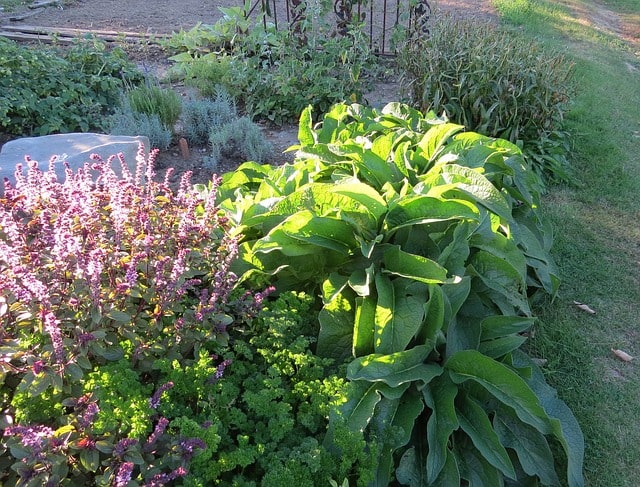
Before we conclude this post on gardening ideas for small spaces, it's important to include some recommended medicinal plants for your survival garden.
Mankind has been using herbal medicine since the dawn of the species to stay healthy and free of disease. Herbal medicine and natural therapies like Ayurveda not only work well but are far less expensive in the long run.
And remember, in a survival situation, you may be unable to run to the pharmacy or store for either prescription or over-the-counter medicine.
Here are a few medicinal herbs and plants to consider growing in your survival garden.
Aloe vera
With many topical and internal uses, Aloe vera can soothe and moisturize your skin, which is helpful for burns and clearing up acne.
But Aloe is not just a topical remedy for sunburn. Ayurveda recommends this herb to restore the energy of youth and as a tonic for the female reproductive system.
Aloe vera is also great for digestion. This plant can last about a week in the fridge, and about eight months in the freezer.
Ginseng
Ginseng is helpful in boosting your immune system and also it can help lower your blood sugar and increase your energy levels. If dried, ginseng can last for several years, so it’s a perfect survival crop.
Echinacea
Echinacea boosts the immune system and helps to relieve pain. It can also be applied as a cream to slow-healing wounds to ease the pain and pressure. For medicinal purposes, echinacea plants are usually only good for a week.
Chamomile
Known to cure an upset stomach, chamomile is a digestive relaxant, Chamomile can even help ease menstrual pain. Dried chamomile flowers can be used to make chamomile tea, one of its most popular uses. Chamomile can help relax your body, which may help you fall asleep.
Ginger
Ginger is called “the universal medicine” for good reason. It truly is a medicine chest in a jar. It can be given to almost anyone, and almost always have some benefit.
Ginger helps to ease nausea and motion sickness. The medicinal part of ginger used most often is the root, which can be boiled with water into a tea. It’s great for heart health, chronic pain, and strengthening your immune system.
Calendula
An antiseptic and antifungal plant, Calendula is used to soothe and heal. Calendula is great for survival because it can be used on wounds and rashes, treat infections, and reduce inflammation.
Conclusion – Survival Gardening Ideas For Small Spaces
We have given you lots of gardening ideas for small spaces. Growing a small space survival garden doesn’t mean it has to be a difficult process. You’re simply more strategic with what you grow, when, and in what manner. As you master the gardening process, you’ll find innovative ways to add the crops to your limited space, either as décor or just where it’s most convenient.
